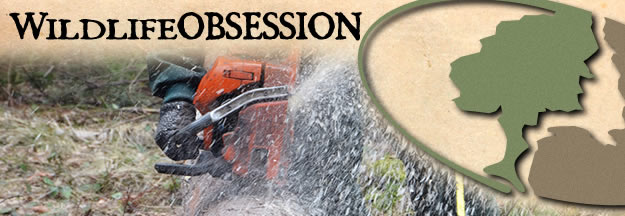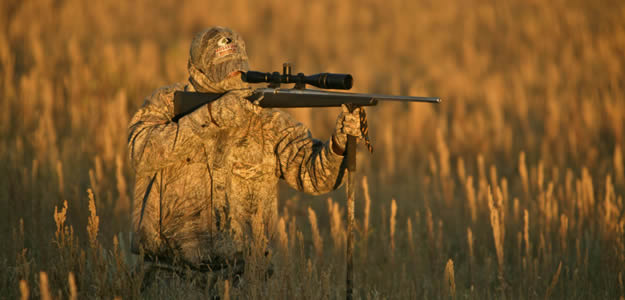

A whitetail’s world exists from six feet high and down to the ground. Quite frankly, unless a canopy tree is producing a mast crop of some kind it’s really not doing the whitetails any good at all. It’s difficult to convince some land owners to cut mature trees, but specifically relating to whitetail habitat, where ever you can allow the sunlight to hit the soil you will increase the stem density. That means more food and more cover for your whitetails. However, it’s not suggested to clear-cut the area either, it’s really the edge cover and diversity that whitetails love.
Ideally, diversity in species and variety in age is best unless specific goals are preferred. You want desirable plants in all stages of growth. An easy way to view a woodlot when trying to improve it for whitetails is simply remove the undesirable species and introduce desirable species, along with trying to increase plant density. While planting trees can take five to ten years or more to pay dividends, using a chainsaw to open up the canopy can pay off the following year in creating both, more food and cover.
Make sure you “winterize” your implements and equipment. One of our most important tools is our tractor. Inspect hydraulic fluid, fuel levels and electrical systems. Switch over to lightweight oil for winter. For diesel engines you’ll want to use a fuel additive. Check antifreeze on all machines that require it - most tractor manufacturers recommend new antifreeze every two years. You may also choose to change tires or install tire-chains for traction on slippery winter surfaces.
Photo courtesy of Teabum
This conservation tip courtesy of the Wildlife Obsession Newsletter.






























